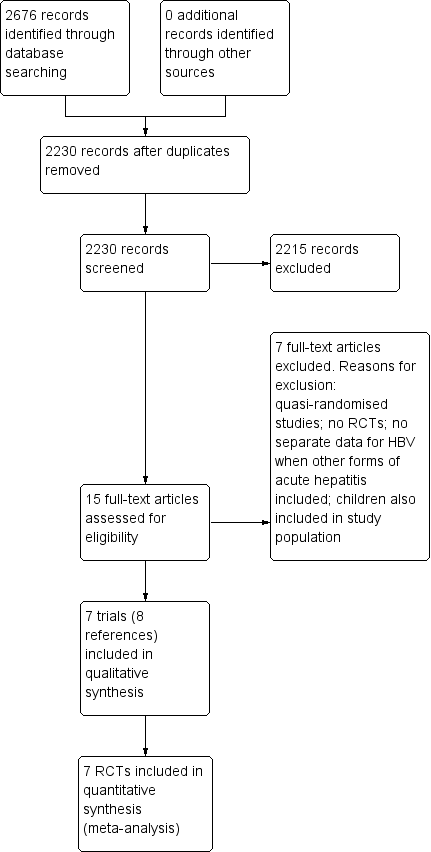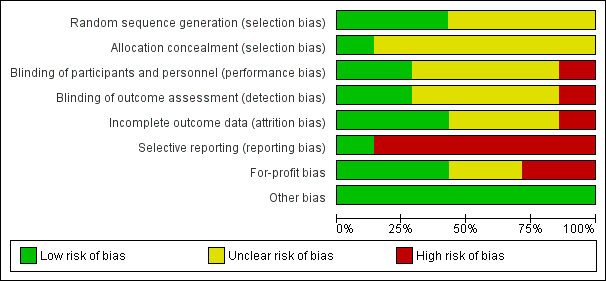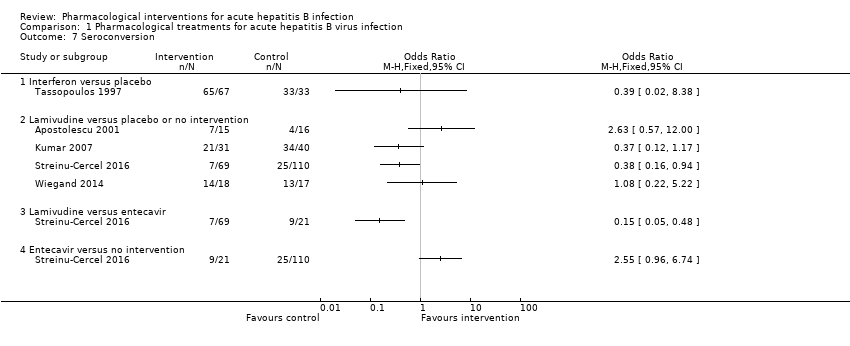Contenido relacionado
Revisiones y protocolos relacionados
Maria Kalafateli, Elena Buzzetti, Douglas Thorburn, Brian R Davidson, Emmanuel Tsochatzis, Kurinchi Selvan Gurusamy | 3 diciembre 2018
Jesper Brok, Martin Thyge Mellerup, Kim Krogsgaard, Christian Gluud | 19 abril 2004
Francesca Saffioti, Kurinchi Selvan Gurusamy, Leonardo Henry Eusebi, Emmanuel Tsochatzis, Brian R Davidson, Douglas Thorburn | 28 marzo 2017
Danielle Roberts, Lawrence MJ Best, Suzanne C Freeman, Alex J Sutton, Nicola J Cooper, Sivapatham Arunan, Tanjia Begum, Norman R Williams, Dana Walshaw, Elisabeth Jane Milne, Maxine Tapp, Mario Csenar, Chavdar S Pavlov, Brian R Davidson, Emmanuel Tsochatzis, Kurinchi Selvan Gurusamy | 10 abril 2021
Kurinchi Selvan Gurusamy, Emmanuel Tsochatzis, Clare D Toon, Elias Xirouchakis, Andrew K Burroughs, Brian R Davidson | 4 diciembre 2013
Jesper Brok, Lise Lotte Gluud, Christian Gluud | 7 octubre 2009
Janus C Jakobsen, Emil Eik Nielsen, Joshua Feinberg, Kiran Kumar Katakam, Kristina Fobian, Goran Hauser, Goran Poropat, Snezana Djurisic, Karl Heinz Weiss, Milica Bjelakovic, Goran Bjelakovic, Sarah Louise Klingenberg, Jian Ping Liu, Dimitrinka Nikolova, Ronald L Koretz, Christian Gluud | 18 septiembre 2017
Yun Xia, Hui Luo, Jian Ping Liu, Christian Gluud | 30 abril 2013
Ronald L Koretz, Maria Pleguezuelo, Vasiliki Arvaniti, Pilar Barrera Baena, Ruben Ciria, Kurinchi Selvan Gurusamy, Brian R Davidson, Andrew K Burroughs | 31 enero 2013
Inmunosupresión de mantenimiento para adultos sometidos a trasplante hepático: un metanálisis en red
Manuel Rodríguez‐Perálvarez, Marta Guerrero‐Misas, Douglas Thorburn, Brian R Davidson, Emmanuel Tsochatzis, Kurinchi Selvan Gurusamy | 31 marzo 2017
Respuestas clínicas Cochrane
Jane Burch, Sera Tort | 3 agosto 2017











